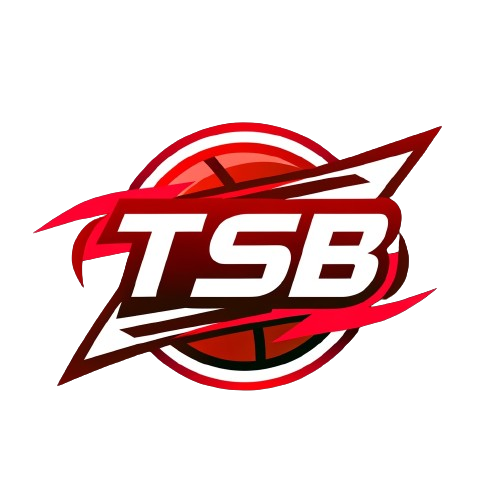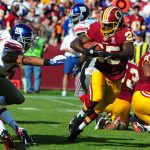Over the past decade, the NFL has transformed from a ground and pound league, to an ultra heavy passing league. In 2002, four QB’s threw for over 4,000 yards. Last year ten did. And of those ten, three threw for over 5,000 yards (Eli Manning had 4,933). We also saw Drew Brees break Dan Marino’s record for passing yards in a season, with 5,476.
- Advertisement -
When you see those gaudy passing statistics, you would figure that the QB’s are taking seven step drops and just letting it fly, 50 yds down the field. While there are some teams that do have QB’s that are able do that, the short passing game is where they rack up the yards. With the evolution of the slant route (Jets fans LOVE this pass pattern), it has essentially taken over as a run for some teams. If you have a wide receiver who can get off the line quickly and cleanly, then cut to the middle of the field, it’s an instant six to ten yard gain if he holds on. But while that pass play can lead to big gains, there’s nothing like the screen pass.
The screen pass works more now, than ever before. This play is designed to beat defenses that have ultra aggressive pass rushers. These days, almost every team has one or two defenders who are ends or hybrid linebacker/defensive end types, who get up the field in a hurry and attack the quarterback. The screen pass is designed to suck those defensive linemen into the backfield, then having the offensive line release them as the quarterback lobs a pass over the oncoming defenders. When this play is executed correctly, it’s a thing of beauty. It’s essentially an automatic 7+ yard gain every time. Once five or six defenders get in near the QB, there are only a few defenders left behind the line who are able to catch the running back who has snuck out into a pass pattern.
- Advertisement -
Here is RB Doug Martin (Tampa Bay’s first round draft pick this year) when he was at Boise State. Watch as he sneaks out through the maze of offensive lineman and gets the pass to him with five defenders already essentially behind him. As this is happening, the offensive lineman that had released the defensive lineman, are already at the linebackers throwing blocks. Usually after a few yards, the running back is met with some contact, but as you see in this play, the Boise State WR’s do a great job at blocking in the secondary. The ball traveled about five yards in the air, and wound up going for a 79-yard touchdown
Here’s another fantastic way to use the screen. The Dolphins rush five defenders, with their speed rusher coming hard on the outside (on the top of the screen). The Cowboys had been a heavy running team last year in pre-season. So they decided to call a play-action screen pass. The Dallas QB fakes the handoff and you can see the two linebackers bite hard on the fake. As the lineman get up into Stephen McGee, everyone releases and he flips it out to DeMarco Murray. By the time Murray gets the ball, there is ten yards of space between him and the nearest defender. With a few blocks and some nifty moves, Murray takes it for a fifty yard gain.
- Advertisement -
This screen pass is a thing of beauty. South Carolina spreads out Vandy with four wide and is in the shotgun. Running Back Marcus Lattimore gets out through the line, untouched, as the Vandy d-line gets after the QB as if they were shot out of a cannon. Pause the clip at the 4 second mark and look and see how many white jerseys you see between where Lattimore catches the ball and the 50-yard line. ZERO. This play worked great for two reasons. Number one is that there was only 24 seconds left in the half and Vandy was in pretty soft coverage. And number two is that in college, a first down stops the clock. This allowed Steve Spurrier to give his running back a chance to make something happen in the open field without killing the clock.
The most explosive offense in football over the last four years uses the screen pass to perfection. Make sure to check out this great dissection of the Saints screen that was part of their 62-point barrage against the lowly Indianapolis Colts last season.
Realistically, the only way to defend the screen is to drop a lineman back and disguise coverage, or play constant man-to-man. Both types of coverage have serious drawbacks, so it’s basically like picking your poison. On Wednesday night, watch how the Cowboys will kill the Giants with the screen pass. Dallas throws the screen as well as anyone in the league. They know the Giants pass rush as well as anyone in the league. If Jason Pierre-Paul, Justin Tuck or Osi Umenyiora start getting into Romo’s face, Romo will start throwing screens to DeMarco Murray and Felix Jones.







